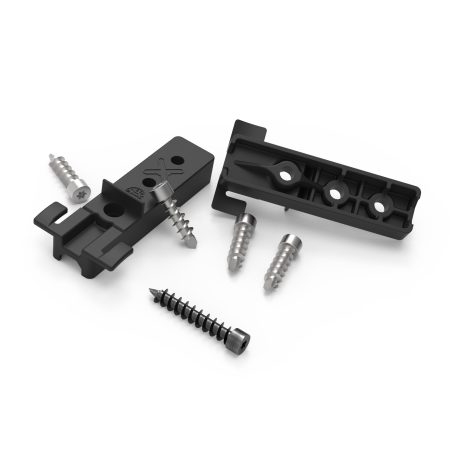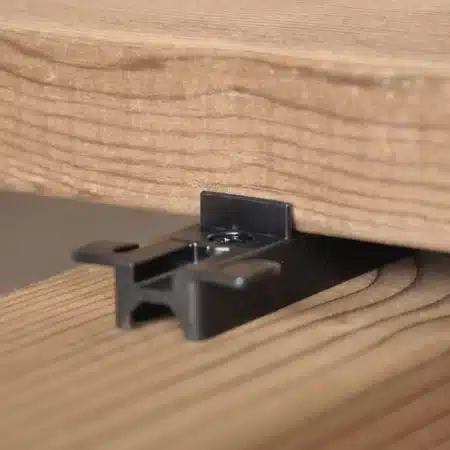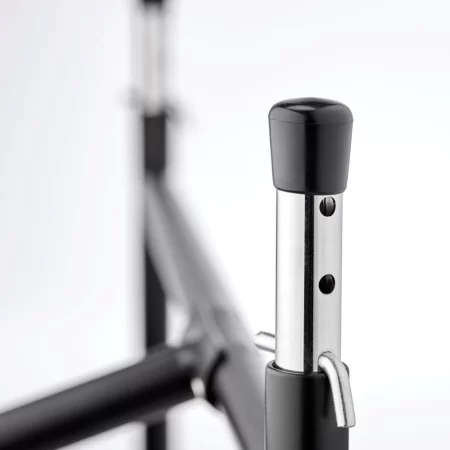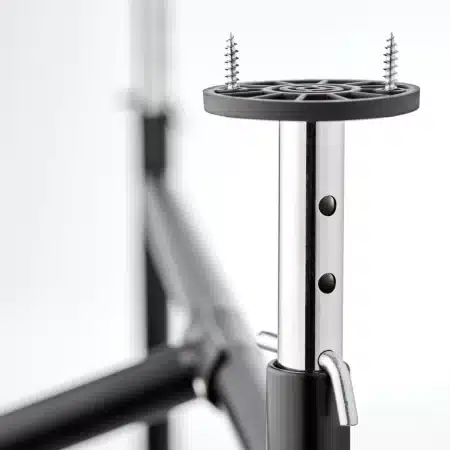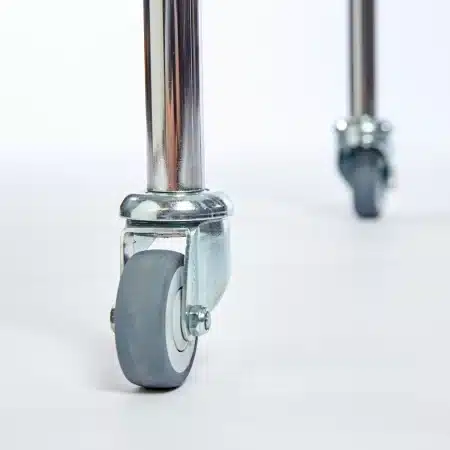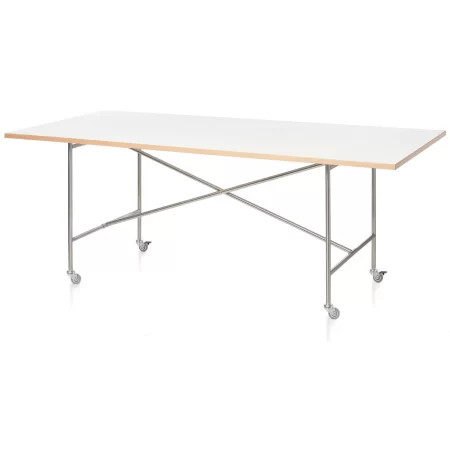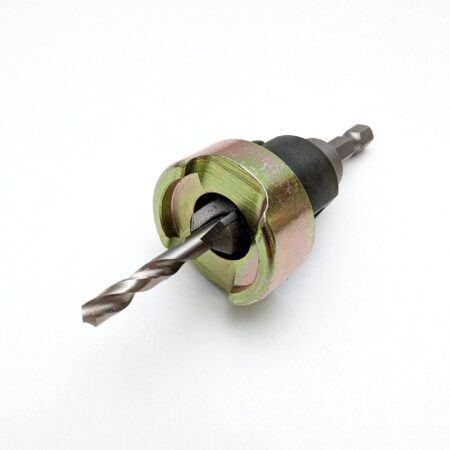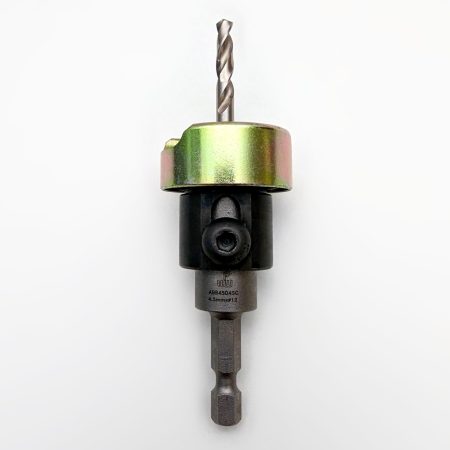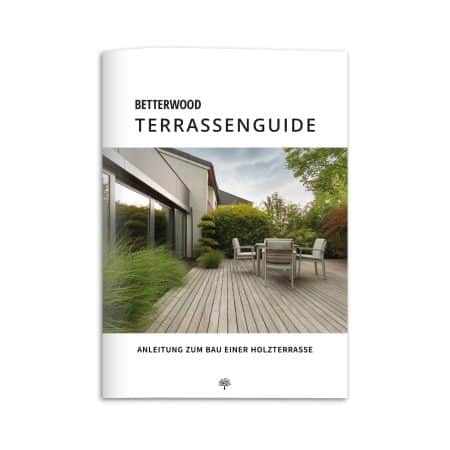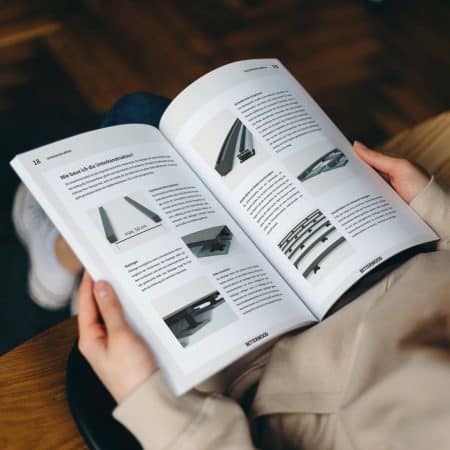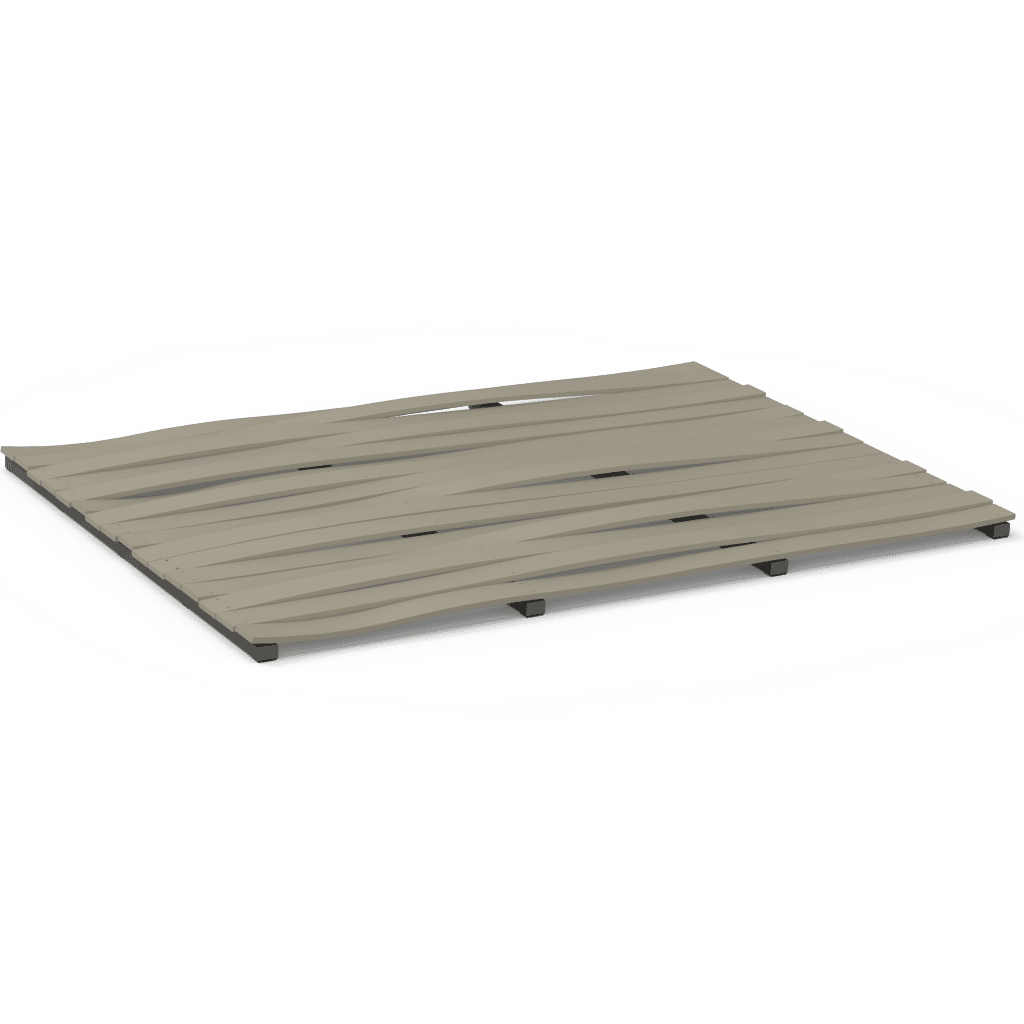
CONSULTATION » Decking boards " Mistake
Typical mistakes in terrace construction
Wood decking is not rocket science. Nevertheless, there are a few mistakes that can occur again and again when building a wooden terrace. Here's what they are and how to avoid them.
Fault: Insufficient ventilation
Consequence: If the terrace is not well ventilated from below, waterlogging will form. This can lead to a variety of problems: floorboards can warp, screws can break and the durability of the wood is significantly reduced if it is not allowed to dry well again and again.
Solution: Plan ventilation profile at the edges of the terrace. Increase the construction height with pedestals or counter battens. Also plan joints with facings, if necessary use a perforated plate instead of floorboards. Do not fall below a distance of 1,5 cm to fixed structures (house wall, curbs). Water should be able to drain off the subfloor. This is possible with crushed stone, gravel and grit or a sufficient incline. Avoid water blockage: Create air space under the substructure with terrace pads so that water is not blocked in its flow direction.
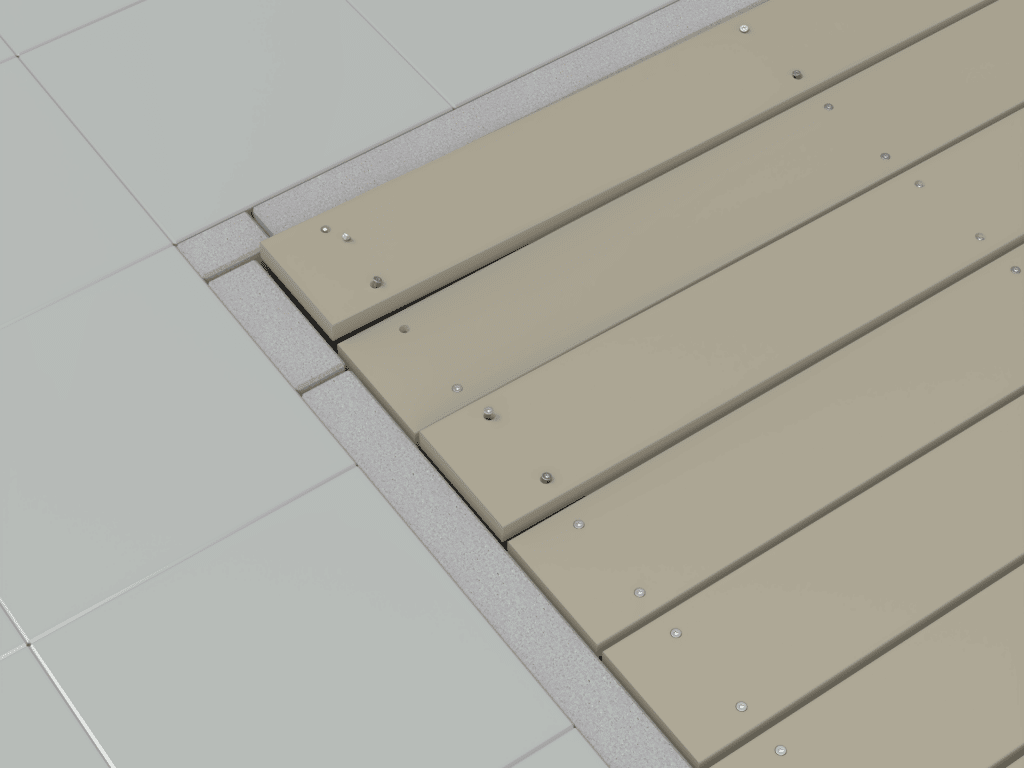
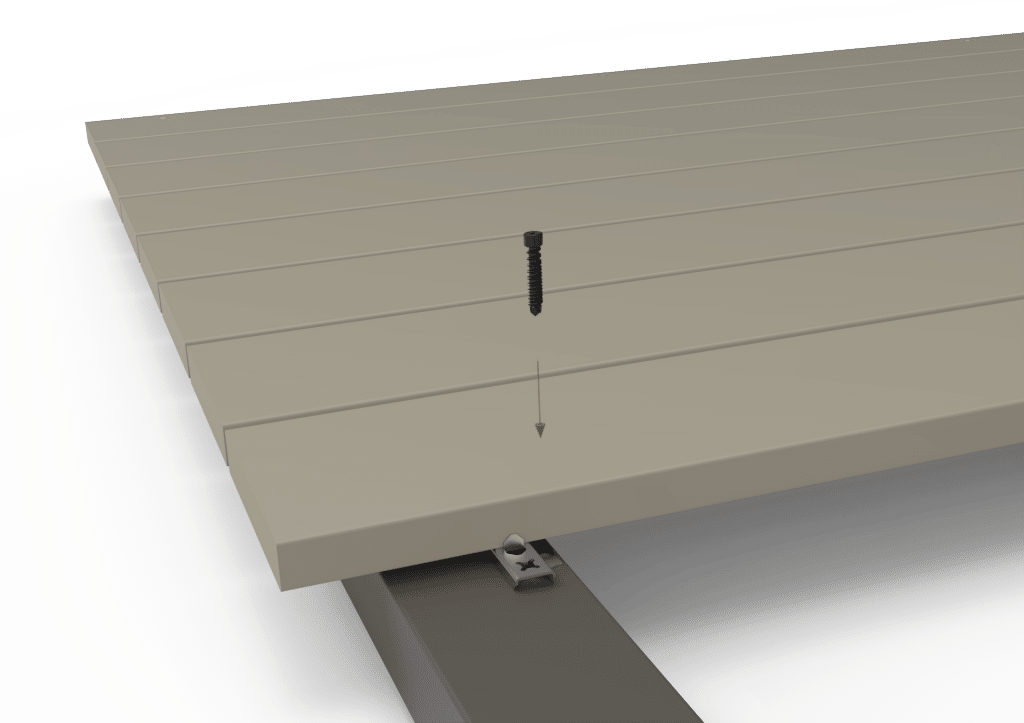
Error: Clips screwed on both sides
Consequence: Stresses in the wood caused by temperature and humidity fluctuations cannot be eliminated. This can lead to the screws breaking and excessive cracking.
Solution: Clips are only screwed into the substructure on one side of the board. The clip pushed underneath is not screwed into the substructure. This allows the plank to move horizontally, relieving tension in the wood. If necessary, loosen the screws on one side.
Fault: Too few screws
Consequence: Due to its high density, hardwood can develop enormous strength. If the plank has too much leeway, it can buckle and warp. In addition, the screws can break.
Solution: Screw the planks at the beginning and end and observe a maximum screw spacing of 50 cm. Leave the board ends protruding by a maximum of 8 cm.
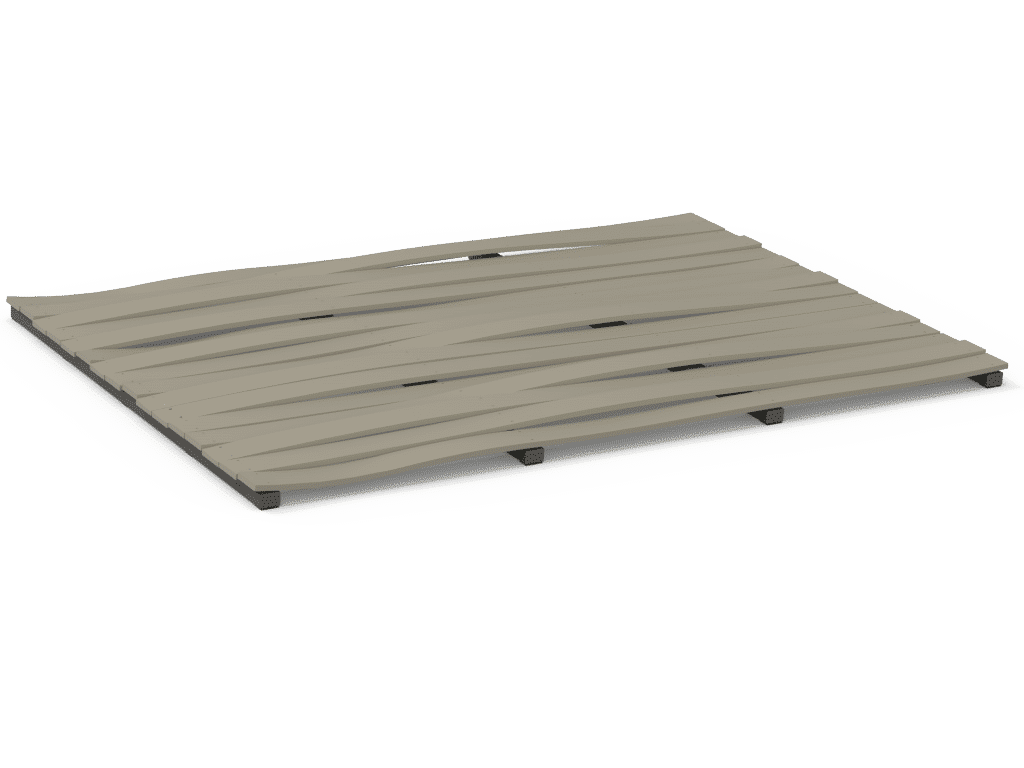
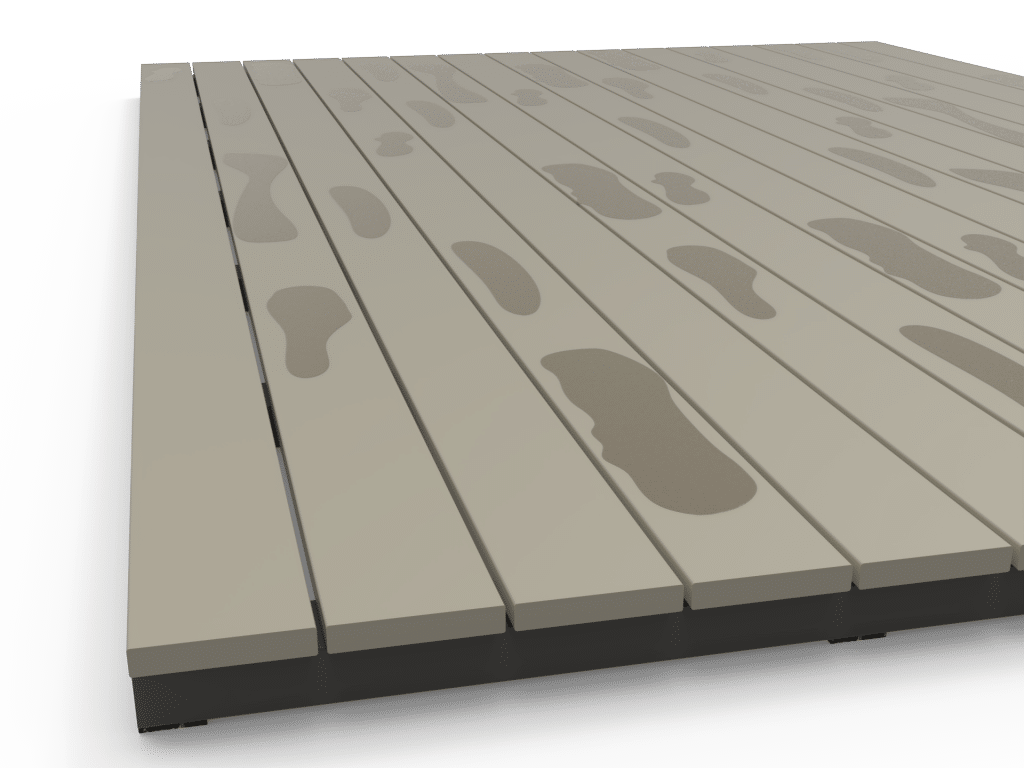
Fault: Too much oil
Consequence: Sticky spots can form. Sunlight and dirt can cause stains. If the oil layer is too thick, scratches can become visible.
Solution: Oil sparingly. If there are already stains and sticky spots, clean the terrace with the terrace cleaner from BioMaderas Clean to remove all oil. If this doesn't work: grind. When the wood is dry, oil the floorboards sparingly and polish in wet areas with a cotton cloth.
Error: substructure short-lived
Consequence: The substructure is not as durable as the decking. In case of doubt, the terrace must be renewed, although the decking would have lasted for years.
Solution: Top covering and substructure should have a similar service life. The resistance class provides information about the durability of a type of wood. Top covering and substructure should not be more than one resistance class apart.
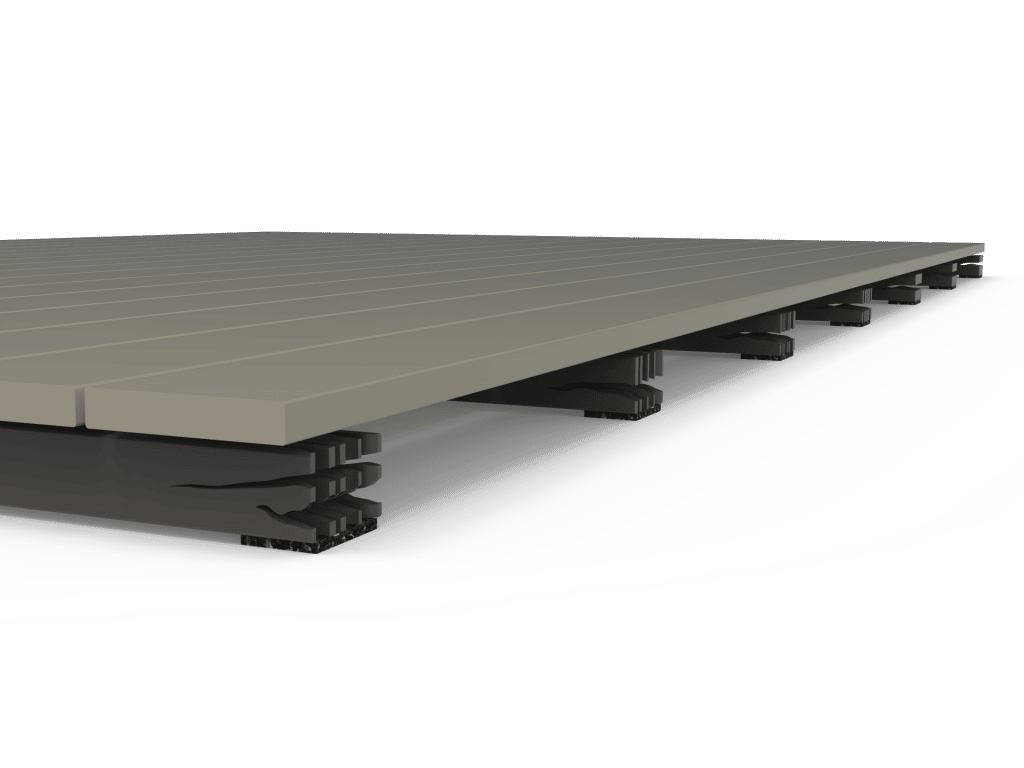
Table of Contents
process
calculate demand
calculate costs
Order wood samples
Wood decking shipping
interim storage
Building instructions wooden terrace
grocery list
Prepare the subsurface
meadow or earth
stone or concrete
roof or balcony
hillside
Lay out the foundation
Establish height compensation
Lay the substructure
Install decking
Select saw blade
Screw the decking boards together
Building instructions terrace screws
Assembly instruction clips
Fade wooden terrace
build stairs
Decking boards crooked
Typical mistakes
Care for
Clean
Enjoy
Decking quality
Best decking wood
Wood species comparison
hand sorting
cracks and curvature
Durability wooden deck
Wood vs Aluminum
Concealed screw connection comparison
branded products
finger joint





